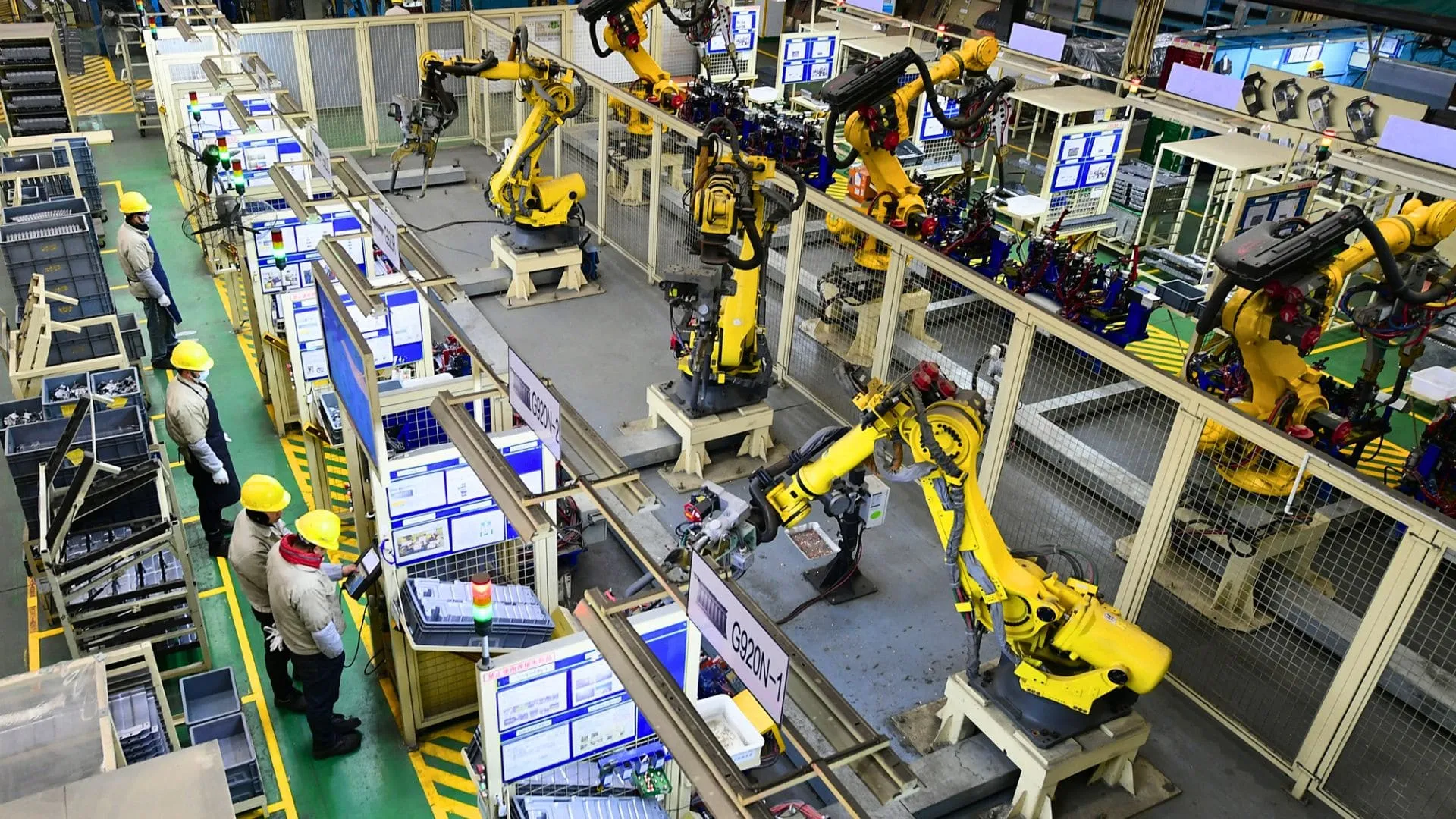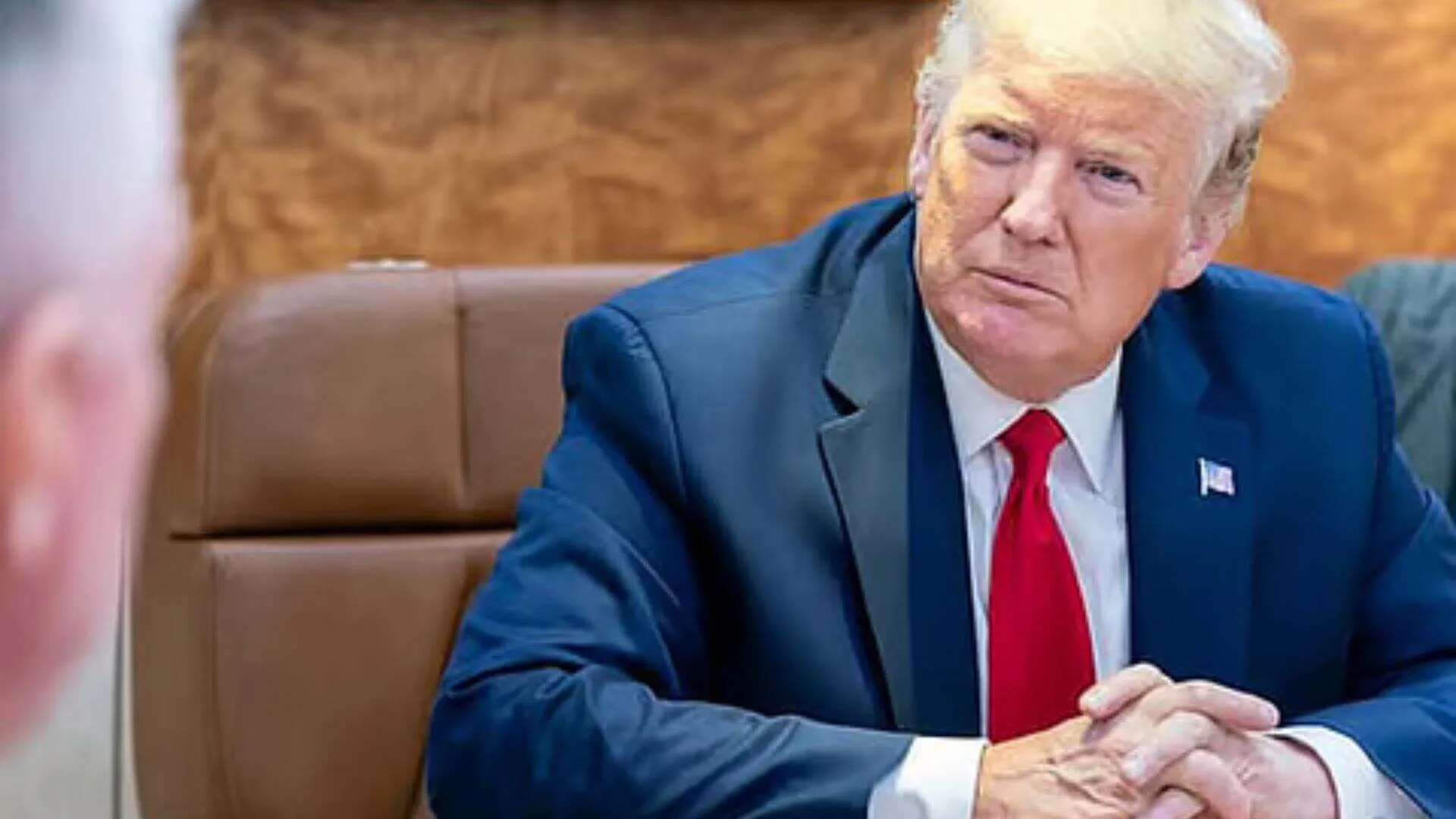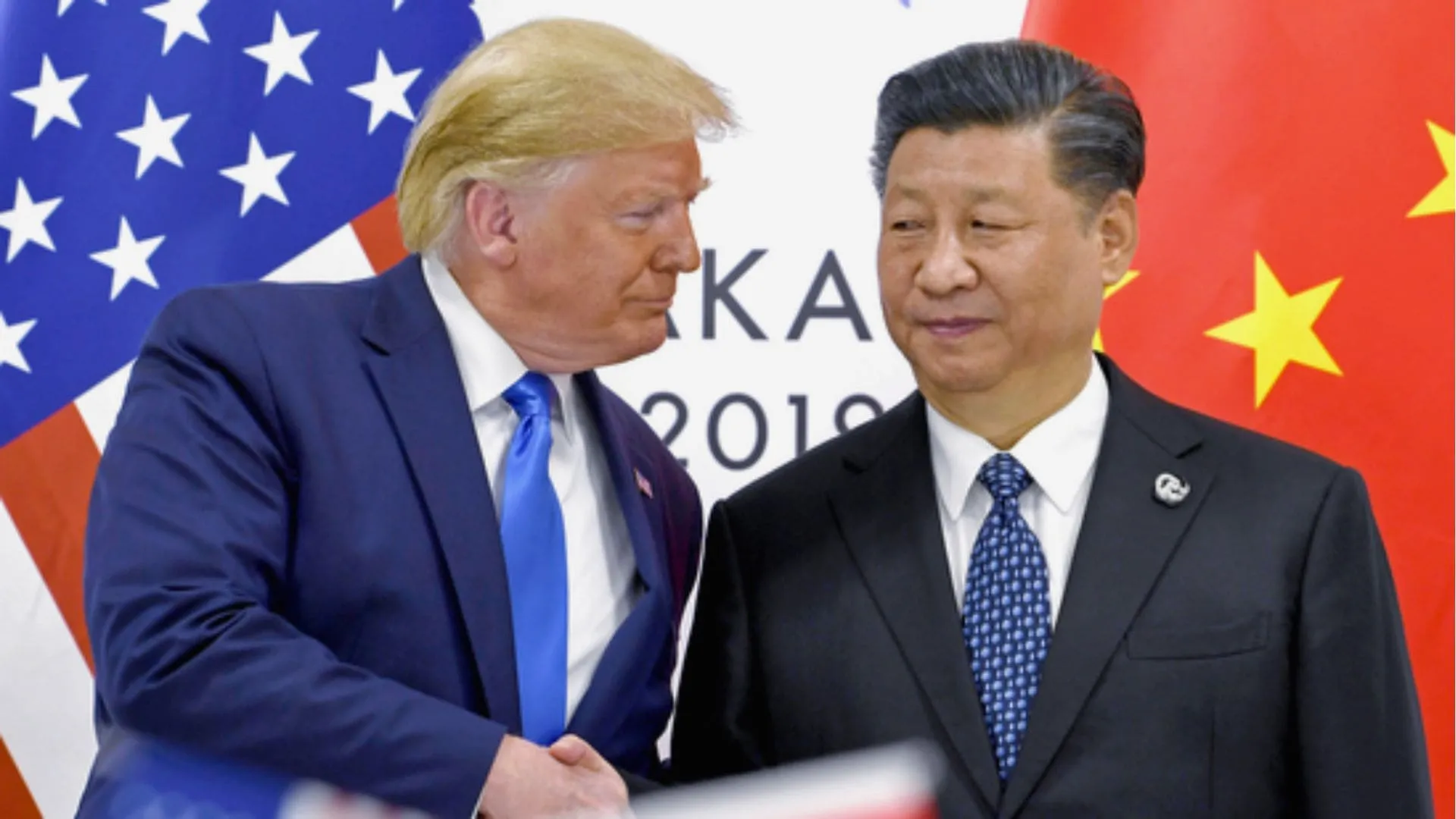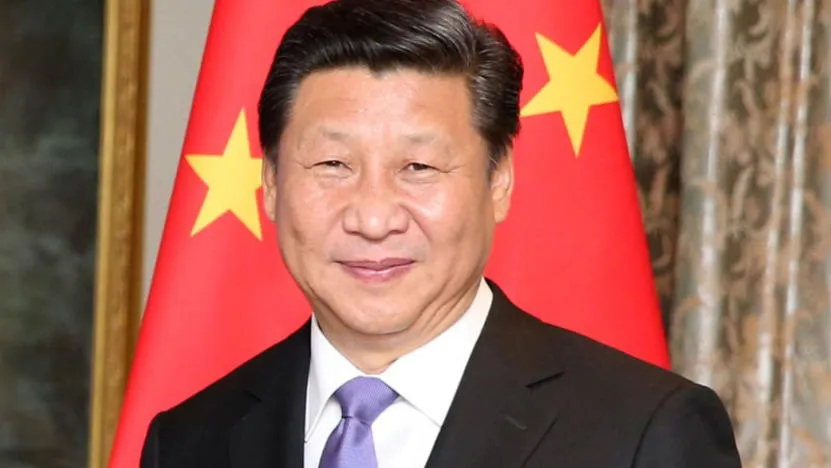China’s manufacturing growth jumped to a 12-month high in March, driven by strong new orders, according to the latest official figures. The official Purchasing Managers’ Index (PMI) was 50.5, up from 50.2 in February, the highest since March 2024. The non-manufacturing PMI covering services and construction also rose to 50.8 from 50.4. The rebound offers short-term comfort for the world’s second-largest economy, but trouble lies ahead as the U.S. trade war intensifies.
Despite indications of financial support propping up China’s 18 trillion economy, analysts caution that the good times cannot last. American President Donald Trump is set to unveil fresh “reciprocal” tariffs later this week, targeting more Chinese products. Under his presidency, since his return to power, he has already placed a total of 20% tariff on all Chinese imports as a reason for Beijing’s inability to stop fentanyl-related exports.
Domestic Demand Rises, But Trade Risks Grow
China’s manufacturing industry took advantage of improving domestic demand during March. The new orders sub-index rose to 51.8, the highest in one year, as export orders appeared to stabilize at just below the 50-point mark that marks growth from decline. Government stimulus and infrastructure outlays have sustained manufacturing activity. Smaller companies fared better last month, according to Zhao Qinghe, a senior statistician at the National Bureau of Statistics. Yet, big companies said they had more trouble than in February.
The temporary surge aside, there is still uncertainty. “It’s good, but not good enough,” commented Xu Tianchen, senior economist at the Economist Intelligence Unit, citing declining output prices and property sector weakness. Retail sales did see an initial pick-up, but deflationary pressure and a rising unemployment risk.
U.S. Tariffs Threaten Recovery Prospects
As China has retained its 5% growth target, fresh U.S. tariffs would put the ongoing recovery in peril. Trump’s forthcoming trade actions can darken the cloud of Chinese exports in the coming months.
Chinese President Xi Jinping met world business leaders last week and called on them to protect industry supply chains in the face of increasing protectionism. Meanwhile, Beijing is widening its “cash for clunkers” vehicle trade-in scheme to stimulate consumer spending.
Economists are nervous. “We are skeptical the remainder of the year will be stronger,” said Capital Economics’ Julian Evans-Pritchard, stressing that Chinese exports will soon feel the pinch of U.S. tariffs. As tensions in the trade war increase, China’s manufacturing strength is being seriously tested in the future.









